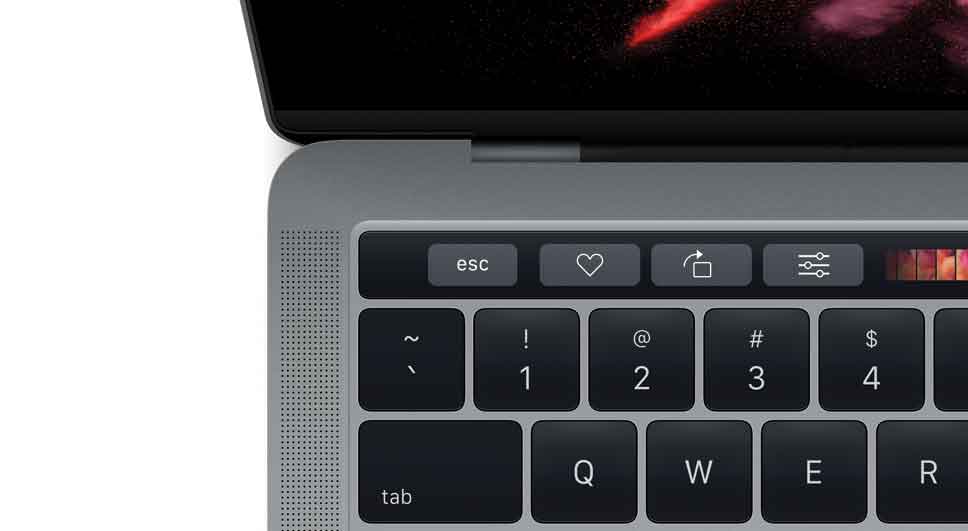
One of the main novelties of the new MacBook Pro and that everyone liked, was the Touch Bar, an OLED touch panel that shows us shortcuts to the most used functions of the applications we use. Obviously the applications must previously be updated to support this panel, since otherwise its usefulness is practically nil. We have previously informed you that some universities have prohibited the use of this particular model for exams as it could be used to suggest answers in exams. There are some apps that allow us to disable the Touch Bar, but until now, we didn't have any apps that would allow us to disable it completely.
If you have not bought the MacBook Pro for the Touch Bar, or you are fed up with the little utility it offers you, thanks to Georgia Tech, you can disable it completely. But this small application does not work exclusively on the 2016 MacBook Pro, but it is also capable of deactivating it in the different emulators that we can find on the internet. But before using it, keep in mind that this application deactivates the Integrity Protection System, SIP for its acronym in English, so you may think twice before using it.
The TouchBarDisabler application is available through Github, where Kay Win has posted the code so that any developer can access it and make the modifications they deem appropriate. Despite how it may seem at first, many have been developers such as Marco Arment (former Apple software engineer, iOS application developer and creator of Instapaper), claim that entering a second screen located just above the keyboard does not make any sense And it doesn't really add anything new to the interaction with the MacBook Pro.
and what do we do with the escape key?